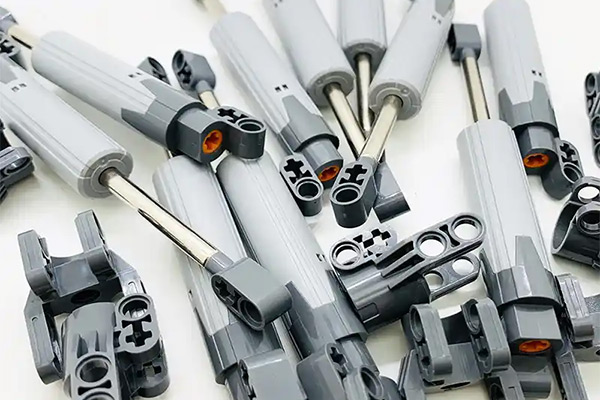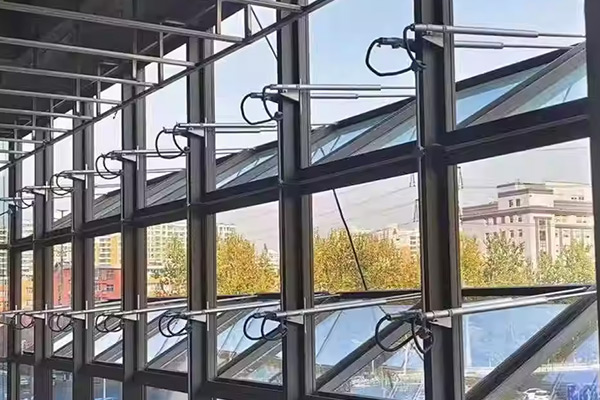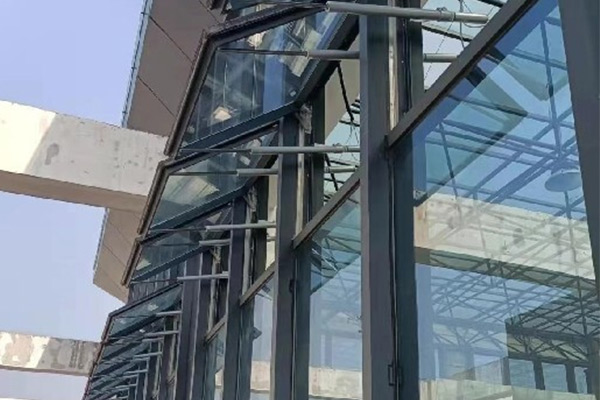Why Micro Linear Actuators are Gaining Popularity
In the fields of automation and mechanics, large, bulky equipment used to be the norm. However, with technological advancements and the increasing demand for efficiency and space optimization, a "small" trend is rapidly emerging: Micro Linear Actuators. These compact yet powerful devices are gradually replacing traditional hydraulic and pneumatic systems, becoming the new favorite in a wide range of fields, from consumer electronics to high-end automation equipment. So, why are they gaining such widespread popularity?
Compact Design and Versatility
The most significant advantage of mini linear actuators lies in their small size and light weight. They are designed to fit into confined spaces, allowing for easy integration into various compact devices—something traditional large actuators cannot achieve. For example, in medical equipment, they can be used to adjust the position of operating tables or hospital beds; in smart homes, they can drive automatic curtains or concealed TV lifts. This ingenious design gives engineers and designers unprecedented freedom to create more innovative and ergonomic products.
Precise Control and High Efficiency
Unlike hydraulic or pneumatic systems that rely on fluid pressure, micro linear actuators are motor-driven, providing unmatched precision. They can precisely control stroke length and speed, achieving micrometer-level positioning. This is crucial for many applications that require high-precision operations, such as the delicate gripping of a robotic arm or the exact calibration of laboratory equipment. Furthermore, since they only consume power when needed, they are far more energy-efficient than traditional systems that require constant pressure maintenance. This high efficiency not only saves energy but also reduces long-term operating costs.
Easy Integration and Broad Applications
The integration process for mini linear actuators is incredibly simple. Most models can be operated with just a DC power source and a basic control circuit. This makes them an ideal choice for hobbyists and makers, who can easily pair the actuators with microcontrollers like Arduino or Raspberry Pi to quickly build prototypes or complete personalized projects.
Their range of application is virtually limitless:
Consumer Electronics: Adjustable monitor stands, auto-focus camera lenses.
Automotive Industry: Electric tailgates, seat adjustment systems, variable exhaust valves.
Healthcare: Surgical robots, rehabilitation equipment, prosthetic joints.
Home Automation: Smart locks, automatic pet feeders, lifting tables.
Cost-Effectiveness and Accessibility
In the past, automation components were often expensive and not widely accessible. However, thanks to advances in manufacturing technology and increased market competition, the cost of mini linear actuators is continuously decreasing, making them more affordable. This allows small businesses, the maker community, and individual users to easily acquire and utilize this technology to solve real-world problems or bring creative ideas to life.
Conclusion
The rise of mini linear actuators is no accident; it is a perfect response to market demand. They combine the advantages of being compact, precise, efficient, and easy to use, and are gradually permeating every aspect of our lives. As the philosophy of "small is beautiful" takes root in various industries, these tiny actuators will undoubtedly play an increasingly important role, leading the way for the future of automation.





